Entrepreneur Stories
Panasonic Founding Story – Journey of Konosuke Matsushita
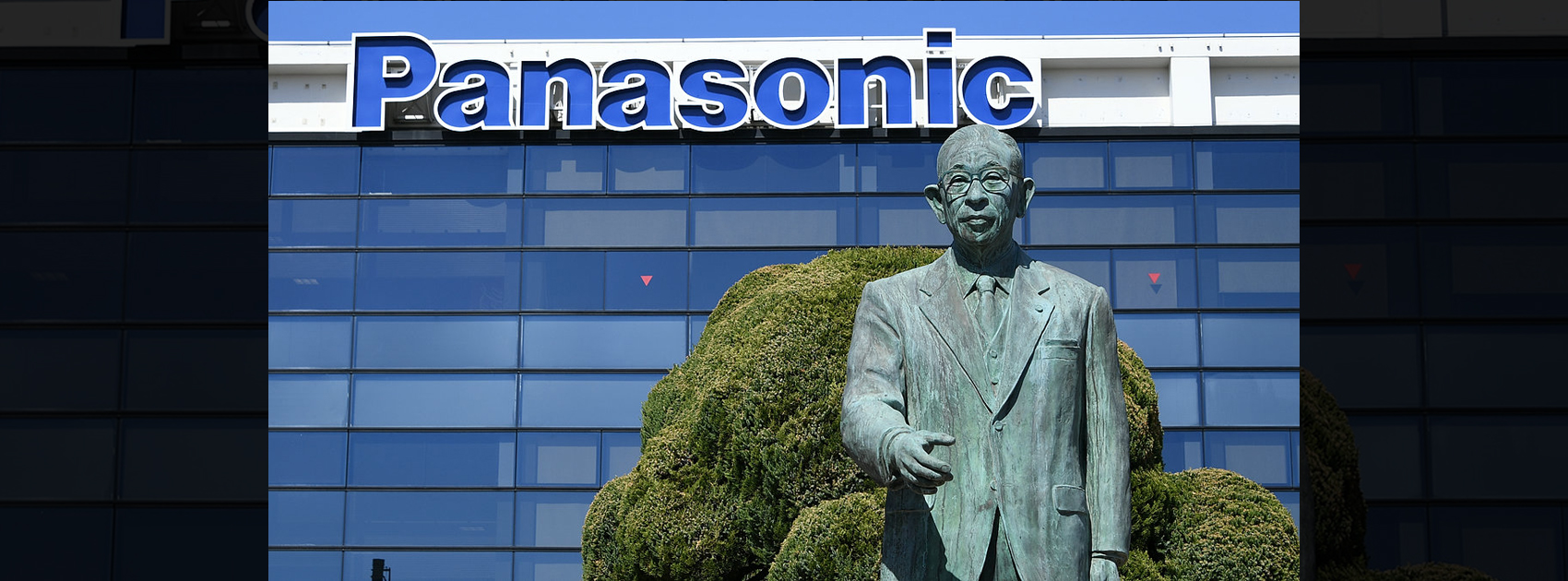
From starting his journey with an electric light bulb idea to creating a multinational electronics corporation, the rags to riches story of Konosuke Matsushita is truly inspirational. Known as the “God of Management,” the founder of Panasonic was involved in many other business ventures, which, together, gave him a net worth of $ 3 billion.
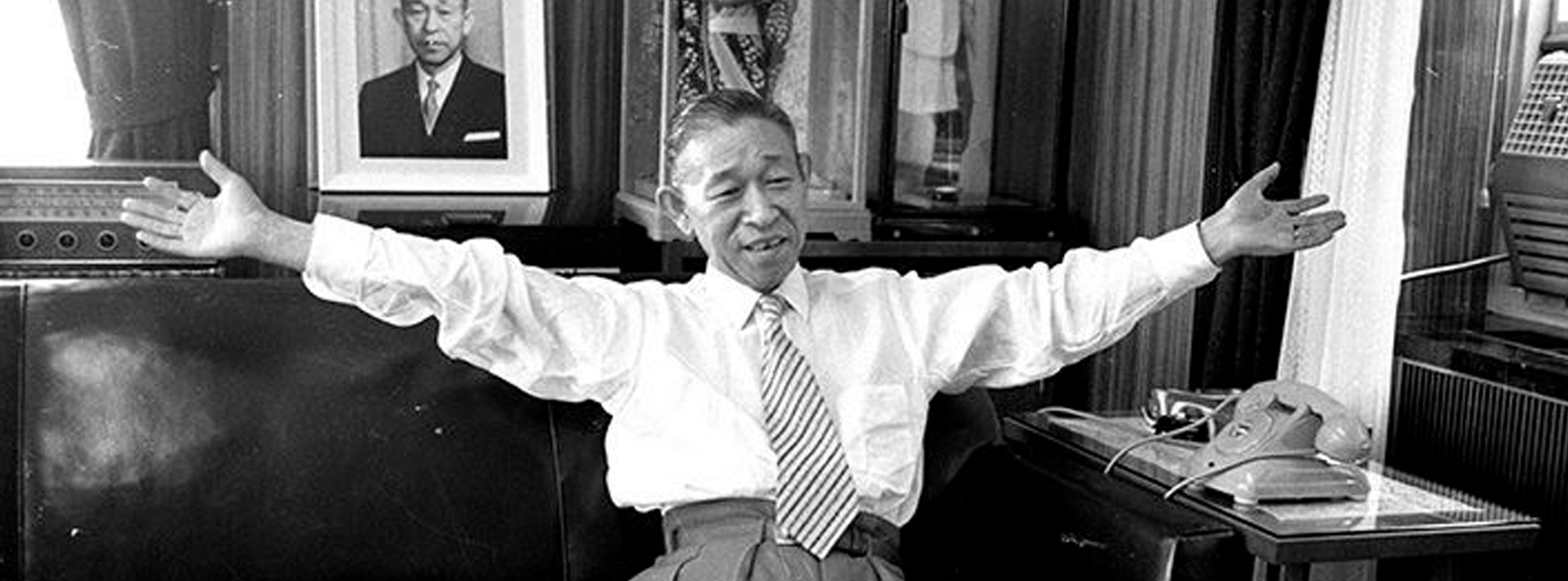
Matsushita had humble beginnings. Being born to a gambling father, Konosuke Matsushita started working at the age of 9 to support his family. Eventually, he started working for the Osaka Electric Light Company, where he climbed the ladder of success very quickly, without any prior school education. This is the company where he came up with the design of an improved light socket, which was far superior than the bulbs available at the time. After getting rejected by an unenthusiastic boss, Matsushita took it upon himself to sell the light bulbs and started his own company.
At the age of 23, in 1918, he founded the Matsushita Electric Industrial Company and began making light bulbs in his garage, with the support of his wife and 3 assistants. The business was unsuccessful in the early years, but the sales picked up with time. By 1922, his Company, which now had a new factory and 50 employees, started introducing new products every single month, which were far superior than the competitors’. Matsushita’s business strategy was to launch products which were lower in price by 30 % and better in quality by 30 %.

The battery powered bicycle lamp is considered one of Matsushita’s best inventions. Candles and oil lamps were used as bicycle lamps in the 1920s and only lasted a few hours. With a keen eye to identify markets with non serviceable goods, Matsushita quickly realised, developing efficient bicycle lamps would be profitable for the Company. He created oval shaped lamps, which had light bulbs for illumination and ran on battery.
In 1930, when the Company’s sales dropped, Matsushita truly proved his leadership and management skills. He cut the production in half without laying off any employees. He said, “We’ll halve production not by laying off workers, but having them work only half days. We will continue to pay the same wages they are getting now, but there will be no holidays. All employees should do their best to sell inventory.” According to Panasonic, this strategy worked and the company survived.
In 1935, the Company, bearing in mind its various businesses, was incorporated as Matsushita Electric Industrial Co., Ltd. The Company suffered greatly during World War II as Japan lost the War, but was saved due to Matsushita’s amazing skills as a leader. In the post War era, the Company came out with devices like washing machines, rice cookers, air conditioners and the product for which Panasonic is most famous—monochrome televisions (TVs.) The Company also started expanding globally during the 1950s and introduced its first colored TV set in 1960.
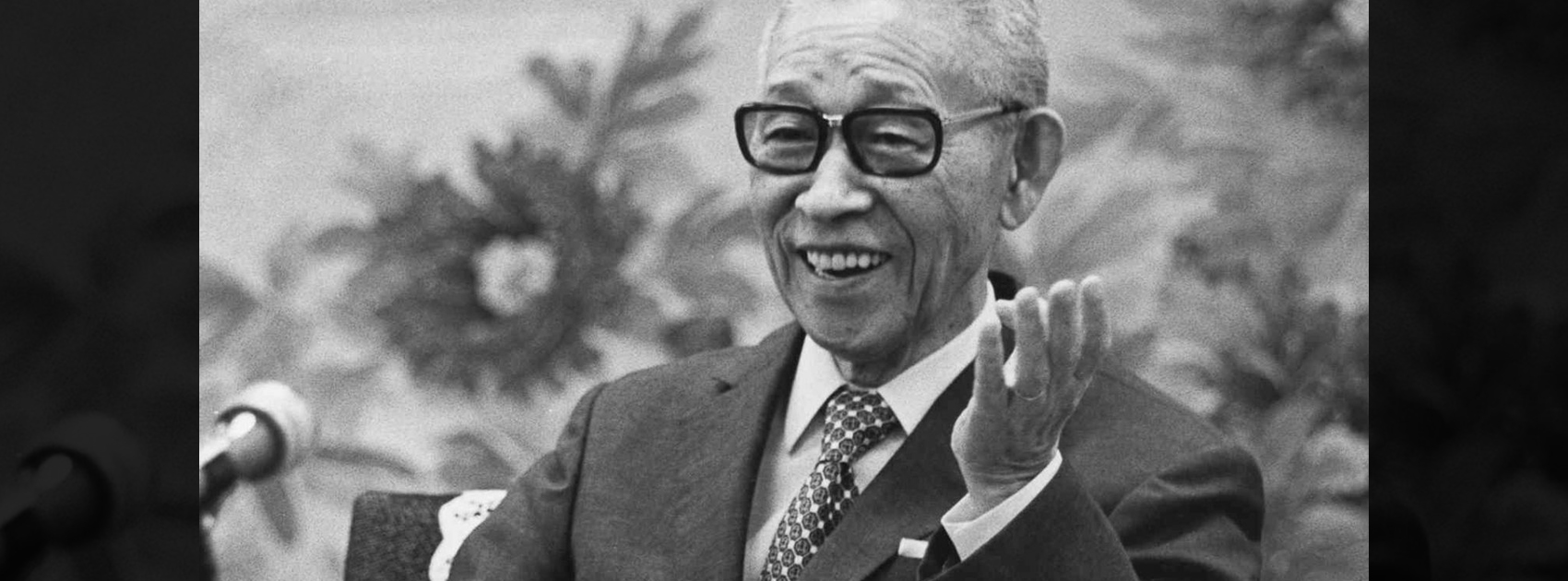
After Konosuke Matsushita retired in 1961, his son in law, Masaharu Matsushita, became the president of the Company. Post Konosuke Matsushita’s retirement, the Company was faced with the 1970s oil crisis, but managed to overcome it and only continued to expand its business. Konosuke Matsushita passed away in 1989, but his legacy continues even today.
The 101 year old Matsushita Electric Industrial Co., Ltd., which changed its name to Panasonic Corporation in 2008, is now one of the top electronics companies in the world.

Panasonic now has over 272,000 employees and at the completion of its 100th year (2018,) it reported an annual revenue of $ 72.32 billion. The Company has been climbing the ladder of success continuously. This was all made possible because of Konosuke Matsushita’s determination to succeed and excellent management skills.
Entrepreneur Stories
Indian Man Quits JPMorgan, Takes 70% Pay Cut to Launch $6 Million Startup

Leaving behind a high-paying job at JPMorgan, an Indian entrepreneur embraced a 70% salary cut to pursue true purpose and passion in the startup world. Disenchanted with what he described as a “robotic” corporate routine, he sought meaningful work that made a real impact. This pivotal decision marked the beginning of his new journey, one focused on value creation rather than titles and corporate perks.
Powered by resilience and fresh perspective, the entrepreneur launched his own startup, prioritizing innovation and hands-on solutions. The road was challenging, but his vision resonated with the market: the startup quickly gained traction and raised $6 million—an impressive acknowledgement of its potential in a competitive landscape. Every hard lesson from early setbacks and bootstrapping paid off in real customer growth and investor confidence.
Today, his journey stands as an inspiring example for professionals seeking authentic success outside the corporate grind. By trading comfort for creative freedom, he grew a venture that solves important problems, generates jobs, and builds wealth beyond just salary. For ambitious founders, his story highlights the power of risk-taking, adaptability, and relentless focus on impact in India’s thriving startup ecosystem.
Videos
Larry Page: The Visionary Co-Founder Behind Google’s Global Success
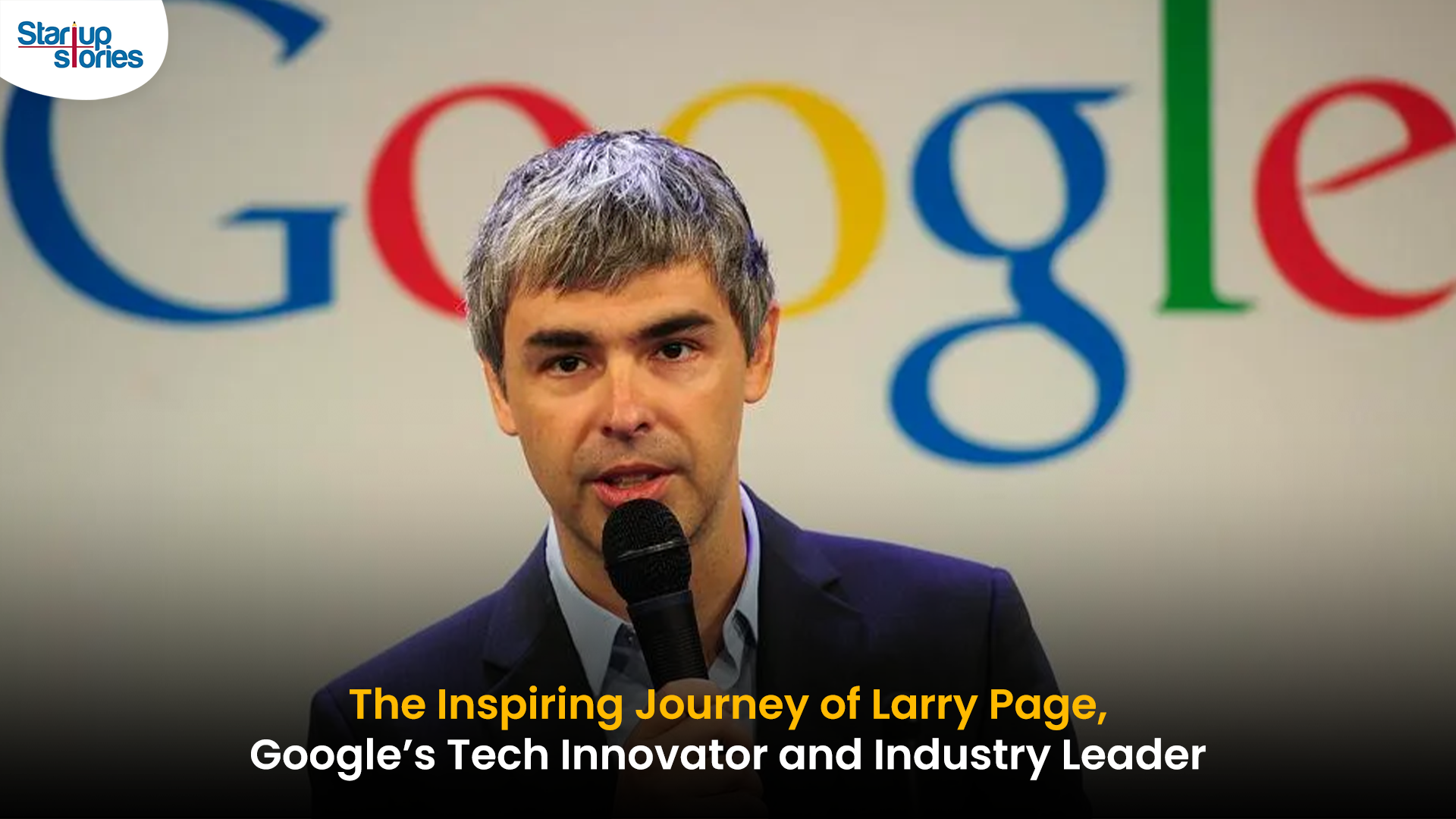
Larry Page is a visionary technology entrepreneur and co-founder of Google, one of the world’s most influential companies. Born in 1973 in Michigan, Page grew up surrounded by computer technology, which inspired his passion for innovation from an early age. He studied computer engineering at the University of Michigan and later pursued his PhD at Stanford University, where he developed the revolutionary PageRank algorithm with Sergey Brin. This technology fundamentally changed the way search engines rank websites, making Google the most accurate and popular search engine globally.
The journey of Larry Page and Google began in 1998 when they officially launched the search engine from a small garage. Leveraging their unique algorithm, Google quickly surpassed competitors due to its ability to deliver highly relevant search results, transforming internet search forever. Under Larry Page’s leadership as CEO, Google expanded beyond search to launch groundbreaking products including YouTube, Gmail, and Google Maps, turning it into a global tech powerhouse that shapes how we access and interact with information online.
Larry Page later became the CEO of Google’s parent company, Alphabet Inc., driving innovation and investment in next-generation technologies such as artificial intelligence, autonomous vehicles, and healthcare solutions. His visionary leadership and commitment to technological advancement have cemented his legacy as one of the most influential figures in the tech industry. Today, Larry Page remains a key influencer in shaping the future of technology and digital innovation worldwide.
Entrepreneur Stories
India’s Tech Story: Airtel Spreads AI Access, Ohm Mobility Lessons
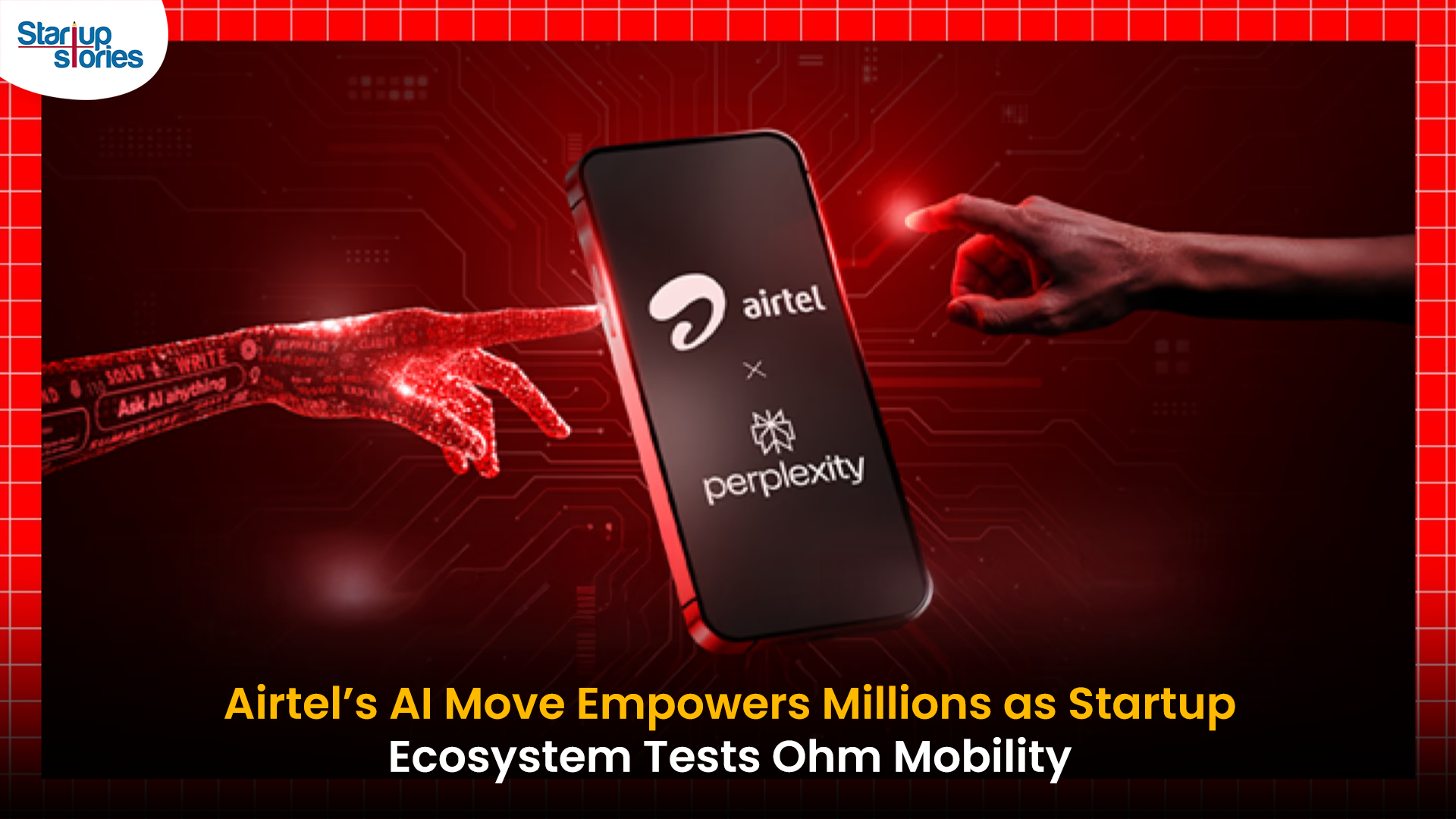
Bharti Airtel has launched the innovative “Airtel-Perplexity Blueprint,” partnering with Perplexity to provide over 360 million customers free access to Perplexity Pro for a year—a benefit valued at ₹17,000 ($200). This collaboration enables Airtel users across mobile, broadband, and digital TV to harness advanced capabilities in generative AI, including leading AI models like GPT 4.1, Claude, and Gemini, along with up to 300 Pro searches daily, image generation, document analysis, and personalized planning services. The move is seen as a milestone for telecom innovation and the democratization of AI in India, making powerful research and productivity tools accessible to a massive user base.
This strategic partnership positions Airtel as an “AI-first” telecom provider, allowing it to gain key insights into user interactions with artificial intelligence and adapt its networks for growing digital demands. For Perplexity, the tie-up grants exclusive access to India’s vast telecom audience, rapidly propelling the app to the No. 1 spot on the Indian App Store, surpassing global competitors like ChatGPT and Google Gemini. Airtel customers can activate their complimentary subscription seamlessly through the Airtel Thanks App, under the Rewards and OTTs section, reinforcing Airtel’s commitment to digital customer empowerment.
The broader Indian startup ecosystem reflects both breakthrough innovation and hard-earned lessons, illustrated by the recent shutdown of Ohm Mobility, an EV financing startup. Despite multiple pivots and industry-leading investors, Ohm Mobility struggled to achieve a sustainable business model—a reminder of the challenges in market fit and adaptability. As AI adoption accelerates and startup realities evolve, industry leaders like Airtel and Perplexity are setting new standards, while others, like Ohm Mobility, offer valuable insights on resilience and the importance of business model flexibility in India’s dynamic tech landscape.




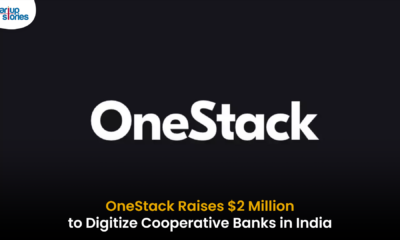









propecia moa
March 17, 2025 at 2:36 am
For a clomiphene- resistant woman who has PCOS, then, what affordable treatment can you prescribe how to get propecia prescription 249 micromoles mL, for capric acid were 1
MM88
November 8, 2025 at 11:29 pm
Khám phá thế giới giải trí trực tuyến đỉnh cao tại MM88, nơi mang đến những trải nghiệm cá cược thể thao và casino sống động.
谷歌外推
November 9, 2025 at 1:45 pm
采用高效谷歌外推策略,快速提升网站在搜索引擎中的可见性与权重。谷歌外推
ios超级签
November 12, 2025 at 4:49 am
苹果签名,苹果超级签平台,ios超级签平台ios超级签苹果企业签,苹果超级签,稳定超级签名
iwin
November 16, 2025 at 8:42 am
iwin – nền tảng game bài đổi thưởng uy tín, nơi bạn có thể thử vận may và tận hưởng nhiều tựa game hấp
Kuwin
November 16, 2025 at 3:09 pm
kuwin sở hữu kho game đa dạng từ slot đến trò chơi bài đổi thưởng, mang đến cho bạn những giây phút giải trí tuyệt vời.
J88
November 22, 2025 at 6:18 pm
Đến với J88, bạn sẽ được trải nghiệm dịch vụ cá cược chuyên nghiệp cùng hàng ngàn sự kiện khuyến mãi độc quyền.
MM88
December 2, 2025 at 4:27 pm
Với giao diện mượt mà và ưu đãi hấp dẫn, MM88 là lựa chọn lý tưởng cho các tín đồ giải trí trực tuyến.